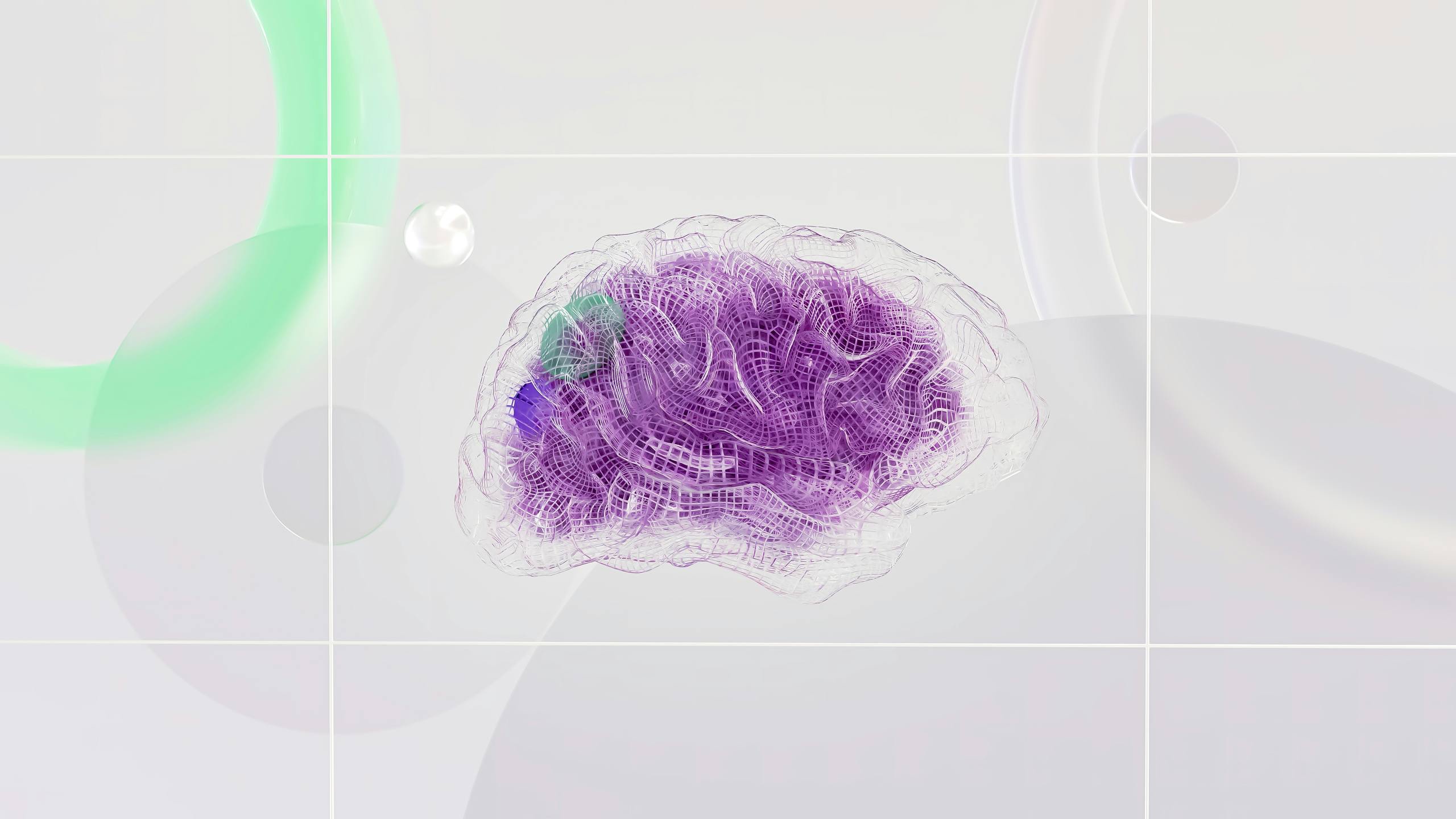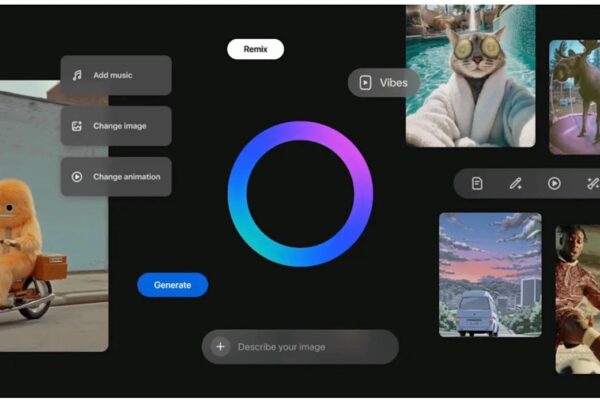Artificial Intelligence (AI) is currently the primary driving force behind global innovation, touching almost every sector of life. Over the next 50 years, its progress is predicted to surpass the limits of imagination, transforming AI from merely a sophisticated tool into an entity with cognitive abilities equivalent to, or even exceeding, humans. Technology experts and futurists believe that the next half-century will be a crucial period where we witness the birth of Artificial General Intelligence (AGI), capable of performing all intellectual tasks just like a human.
This exponential development will bring radical transformations in various fields, from healthcare and the economy to social structures. However, on the other hand, deep concerns also arise regarding the ethics, security, and socio-economic impact of the presence of super-intelligent entities. The world is preparing to face an evolutionary leap that will redefine the meaning of human productivity and existence itself.
The Transformation Towards Artificial General Intelligence (AGI)
AI’s journey toward maturity is a narrative of increasing capability and autonomy. Currently, we are in the era of Narrow AI, where systems only excel at one specific task, such as playing chess or detecting diseases. However, in 50 years, the focus will shift entirely.
Researchers predict that the main turning point will occur with the emergence of General Artificial Intelligence (AGI). AGI is a system with the ability to learn, adapt, and understand concepts across various domains, just like a human. Furthermore, with advancements in quantum computing and the increasing availability of data, AGI could rapidly evolve into Artificial Superintelligence (ASI), an intelligence far surpassing the combined intellect of all humans. This development will revolutionize research and development, accelerating solutions to complex global problems.
The Dawn of Autonomous Agents’ Dominance
Imagine a world where your digital assistant does more than just answer questions or play music. Within two to three decades, Artificial Intelligence agents will evolve into far more intelligent autonomous agents. They will be capable of taking initiative, planning, and executing complex tasks without constant human intervention.
These agents will serve as “digital employees” in offices, managing entire supply chains, or even running small companies independently. At home, they will manage energy consumption, maintain security, and coordinate family schedules with optimal precision. This Artificial Intelligence will work behind the scenes, integrating the increasingly massive Internet of Things (IoT), transforming cities into truly responsive ‘Smart Cities’ tailored to their citizens’ needs. The presence of autonomous agents will free humans from administrative and repetitive tasks, although it raises significant questions about the future of employment.
Bio-AI and the Personalized Health Revolution
One of the most transformative impacts of AI development in 50 years will be in the healthcare sector. The convergence of Artificial Intelligence, genetics, and biotechnology will create “Bio-AI.” This system will be able to analyze an individual’s genomic data in real-time, predict disease risks decades before symptoms appear, and design highly personalized medications.
Medicine will shift from a reactive model (treating existing diseases) to a predictive and preventive one (preventing diseases before they occur). AI will monitor vital signs through advanced implantable devices, detect even the slightest deviations, and dispatch nanobots programmed to repair damaged cells or tissues. The hope is that this can significantly extend human life expectancy, potentially eliminating fatal diseases like cancer and Alzheimer’s. AI collaboration with surgical robotics will also lead to fully autonomous operations, far more precise than what human hands can achieve.
Physical Integration and Human-AI Interaction
The boundary between human and machine interaction will increasingly blur. Over time, AI will not only exist as software in the cloud but will also be increasingly integrated into the physical environment and even the human body. Advanced Robotics will play a central role in realizing this scenario. Future robots will no longer be rigid; instead, they will possess remarkable agility, strength, and adaptability.
They will become collaborative robots (cobots) working alongside humans in factories, or carebots tending to the elderly with empathy and efficiency. Advances in smart materials and highly sensitive sensors will make robots look and feel more natural, helping them interact safely and effectively in human environments. This is the era where the line between the digital and real worlds truly merges, driven by sophisticated Artificial Intelligence.
Humanoid Robotics and Exoskeletons
In 50 years, Artificial Intelligence will power humanoid robots that are nearly indistinguishable from humans. These robots will fill roles in service industries, education, and even as emotional companions. The existence of such advanced humanoid robots will be the most tangible indicator of AI’s technological progress.
Furthermore, advances in robotics will also focus on enhancing human capabilities through exoskeletons and enhancement technology. AI-powered exoskeletons will enable people with disabilities to walk again or even grant superhuman strength to firefighters or construction workers. This aspect of physical integration highlights how AI does not just replace but also empowers human physical capabilities, creating a new symbiosis between biology and technology. This innovation requires a deep understanding of biomechanics and highly precise AI control.
Mass-Scale Brain-Computer Interfaces (BCI)
Perhaps the most radical breakthrough is the widespread use of Brain-Computer Interfaces (BCI) supported by Artificial Intelligence. BCI will allow direct communication between the human brain and computing systems. Initially, this technology will be used for medical purposes, such as restoring sight or recovering motor function.
However, within 50 years, BCI is likely to be widely adopted for cognitive enhancement. Humans will be able to access information or control digital devices simply with their thoughts, enabling digital “telepathy” and increased memory capacity or information processing speed. This integration raises complex philosophical and ethical dilemmas, particularly regarding the privacy of thought and what it means to be human when cognitive boundaries are expanded by external technology.
Ethical and Regulatory Challenges of Superintelligence
Alongside the advancement of Artificial Intelligence, ethical and regulatory challenges are also escalating. Issues concerning Algorithmic Bias, where AI decisions unfairly discriminate against certain groups due to biased training data, must be resolved long before AGI becomes a reality. However, the greatest challenge is managing the emergence of Artificial Superintelligence (ASI).
ASI, with its unmatched cognitive abilities, presents the “AI Control Problem”: how do we ensure that ASI’s goals align with human values and survival? Global leaders must collaborate to formulate strong legal frameworks and ethical standards, ensuring that future AI is developed as Responsible AI and directed toward the collective benefit of humanity, not as a threat. Failure in regulation could lead to unimaginable consequences.
Addressing Bias and Algorithmic Dependence
One of the greatest risks the world faces on the path to advanced AI is the embedding of bias within algorithms. If Artificial Intelligence models are trained on data reflecting social inequalities, the result is a system that perpetuates and even amplifies discrimination. In 50 years, AI systems will make crucial decisions in legal, financial, and social domains.
Therefore, a global effort is needed to develop “Explainable AI” (XAI), which allows humans to understand how and why a decision was made. Furthermore, human dependence on AI is also a serious concern. As AI takes over more cognitive tasks, there is a risk of diminishing critical thinking skills and problem-solving abilities in humans. The balance between leveraging the power of AI and maintaining human competence is key.
Global Governance and Autonomous Weapons
With the potential for military use of Artificial Intelligence, the international community must quickly agree on a global governance framework. The development of Lethal Autonomous Weapons Systems (LAWS) capable of selecting and engaging targets without human intervention is an existential threat. Within 50 years, strict bans or at least very tight regulations on LAWS will be necessary to avoid an AI-based arms race.
In the civilian sector, governance is also essential to cope with massive economic impacts. Job automation will create incredible wealth but also severe inequality. Economic models such as Universal Basic Income (UBI) or Universal Basic Services (UBS), funded by robot or AI taxes, may become a necessity to maintain social stability in an AI-dominated world.
The journey of Artificial Intelligence in the next 50 years promises an era where human life is fundamentally changed, from extended lifespans to enhanced cognitive abilities. The evolution from Narrow AI to AGI and Superintelligence will redefine our civilization, presenting solutions to humanity’s greatest challenges while also bringing unprecedented ethical and security dilemmas. This future demands collective responsibility to ensure that the intelligence we create serves the highest purpose of mankind.









